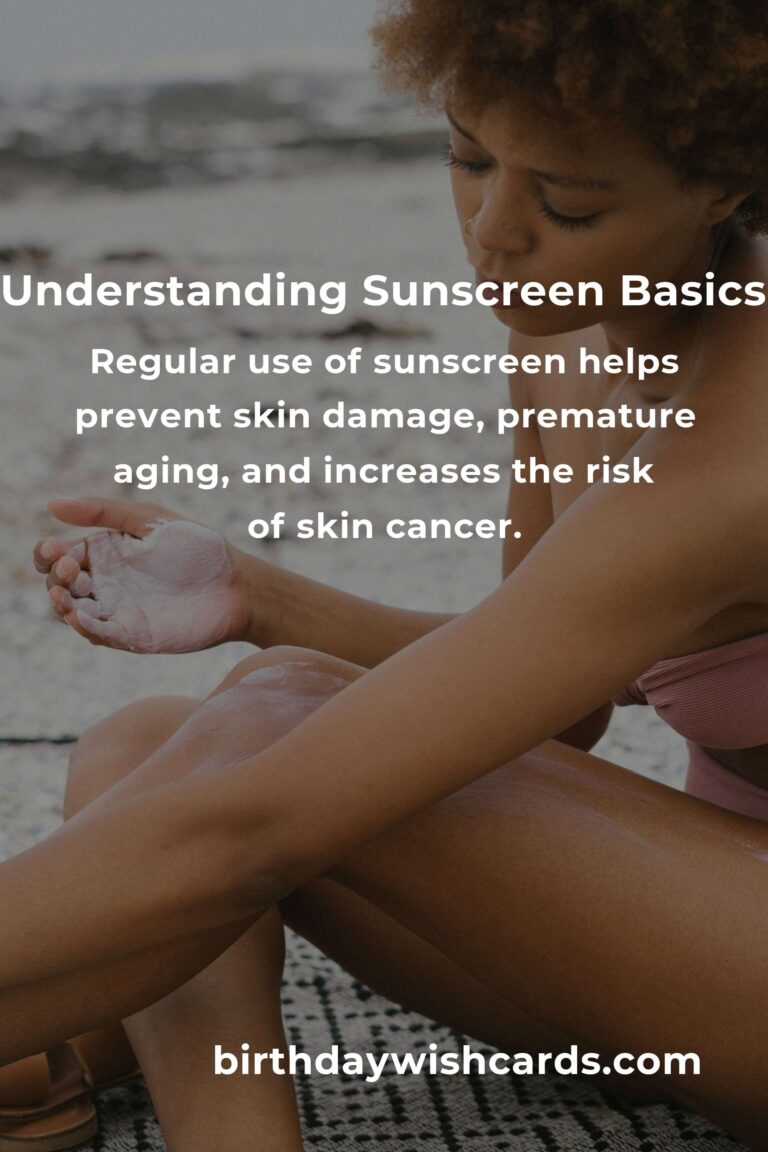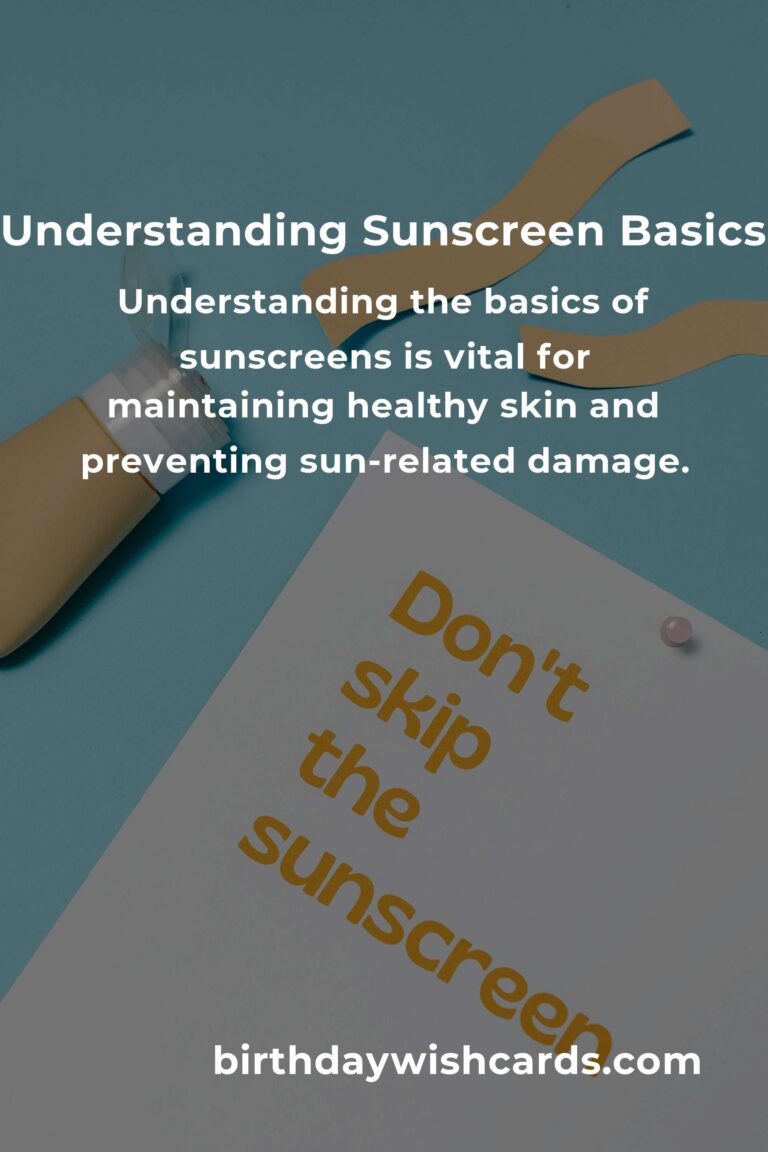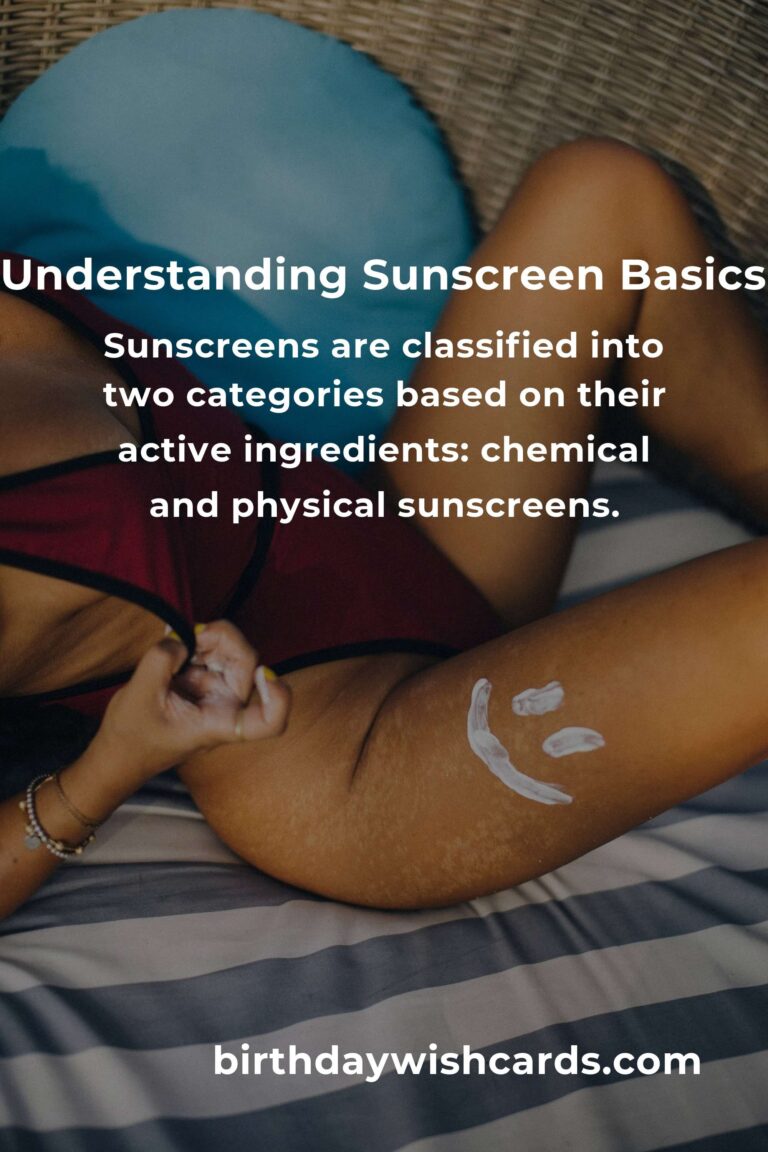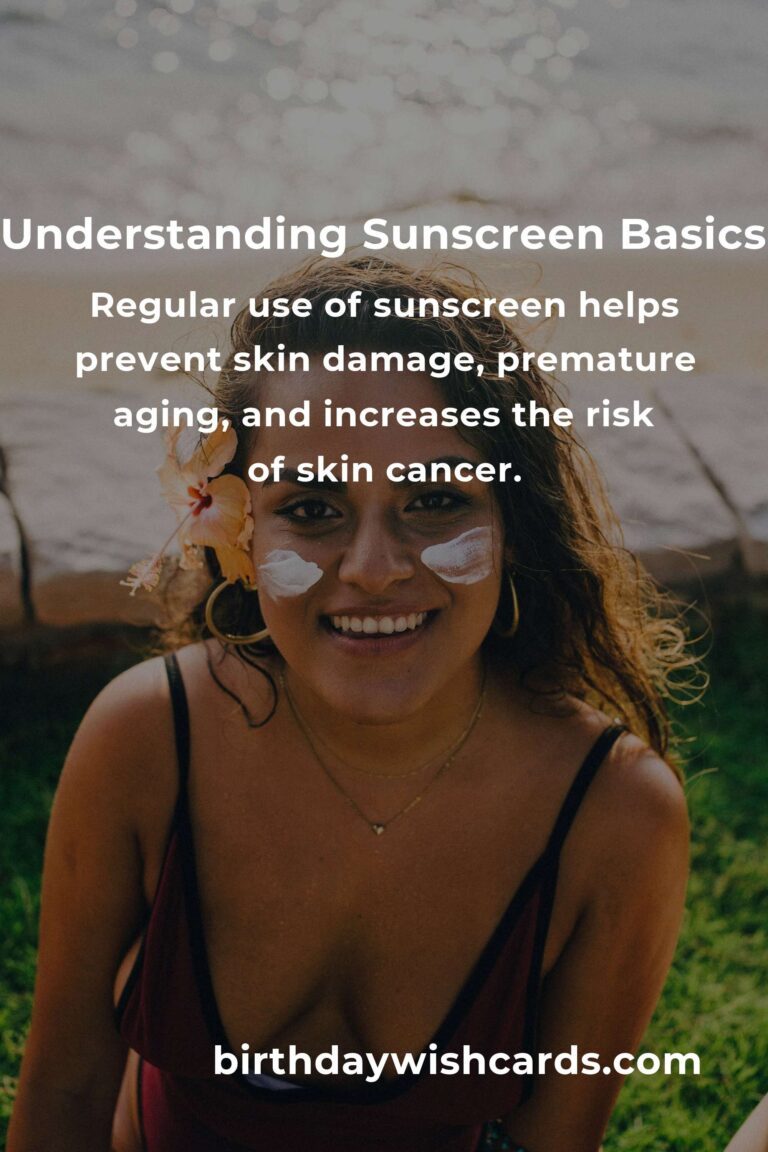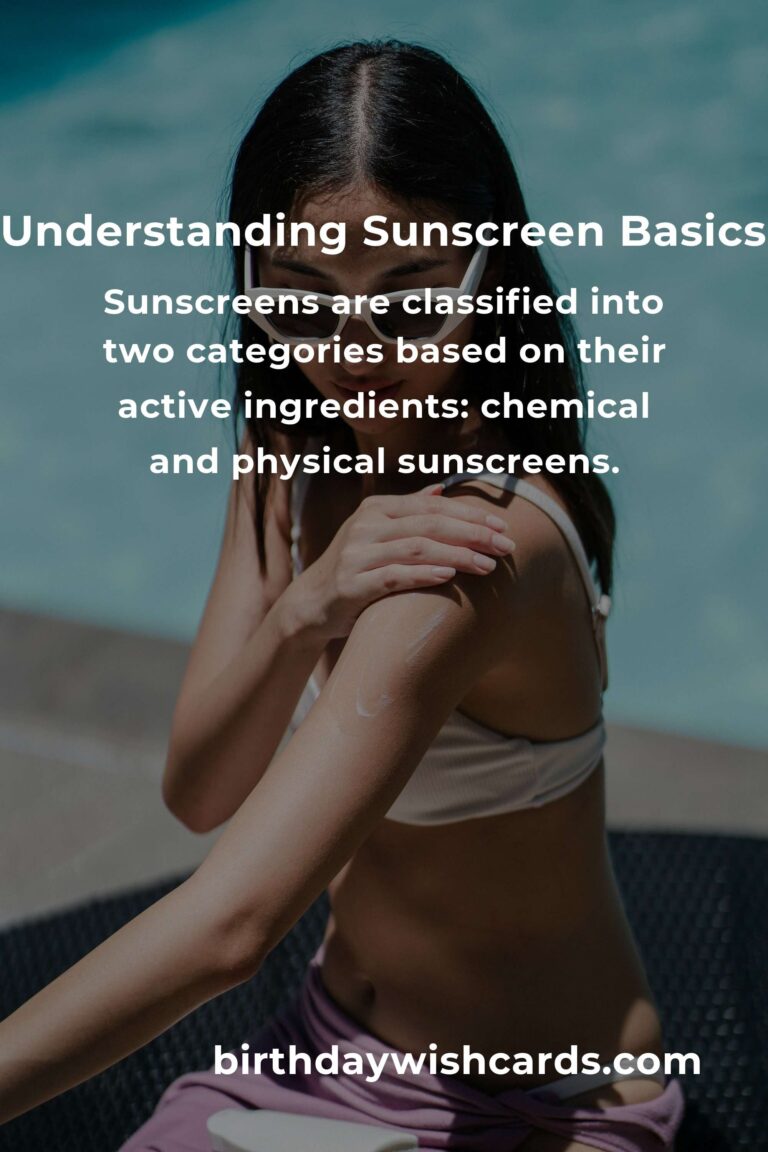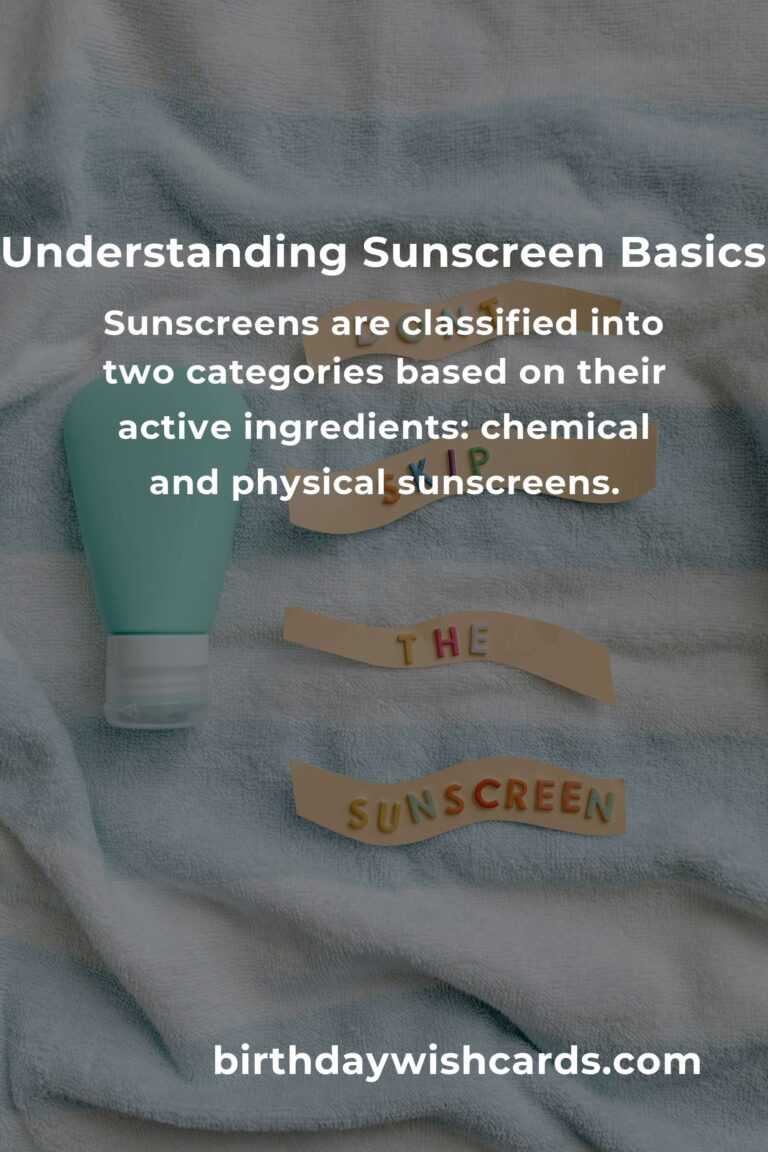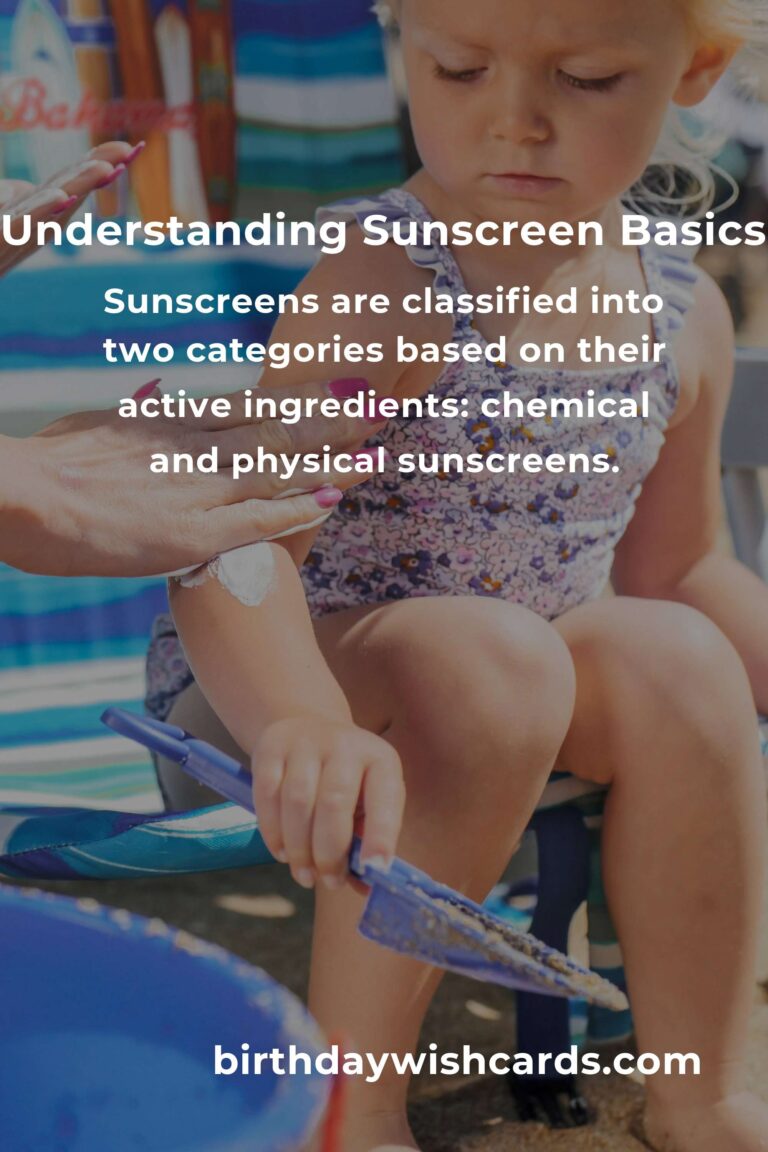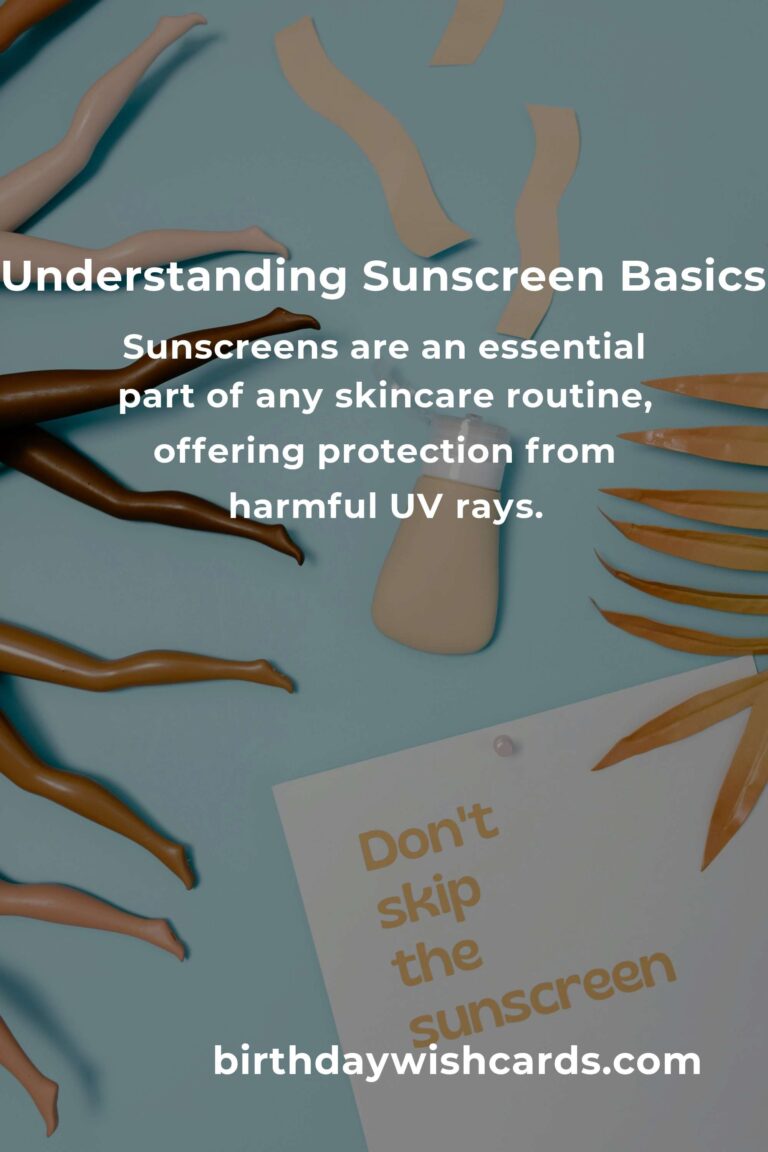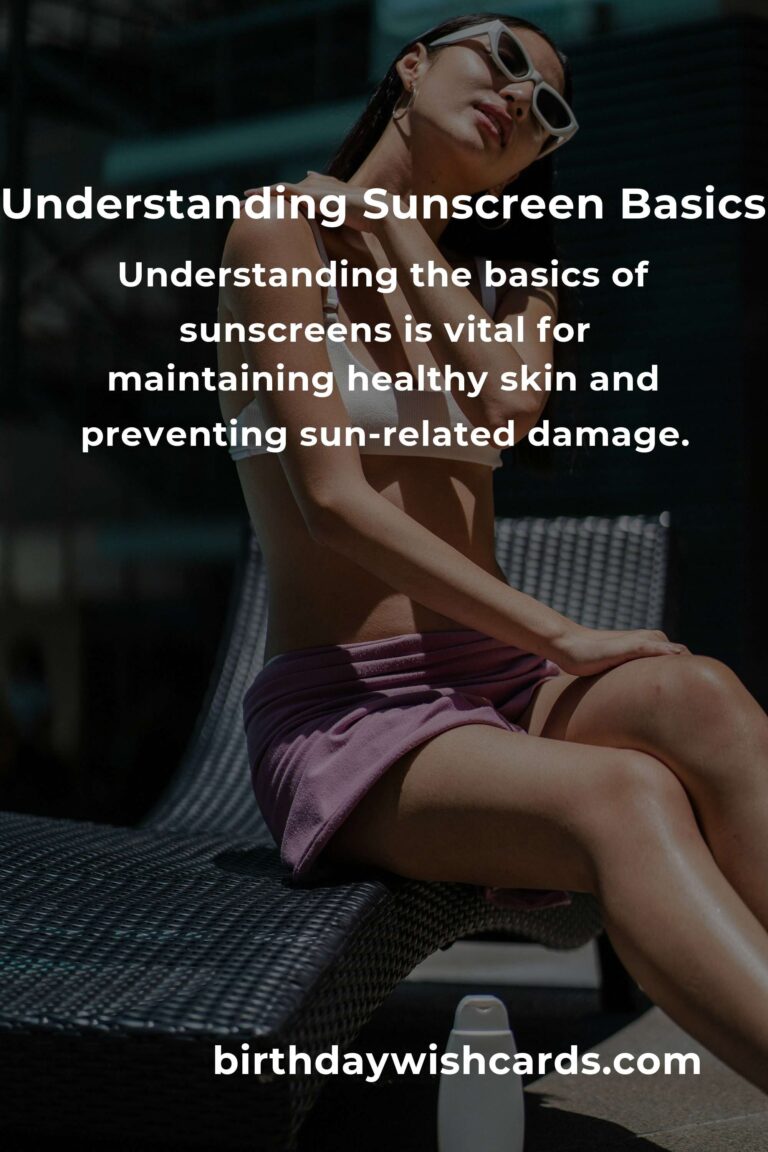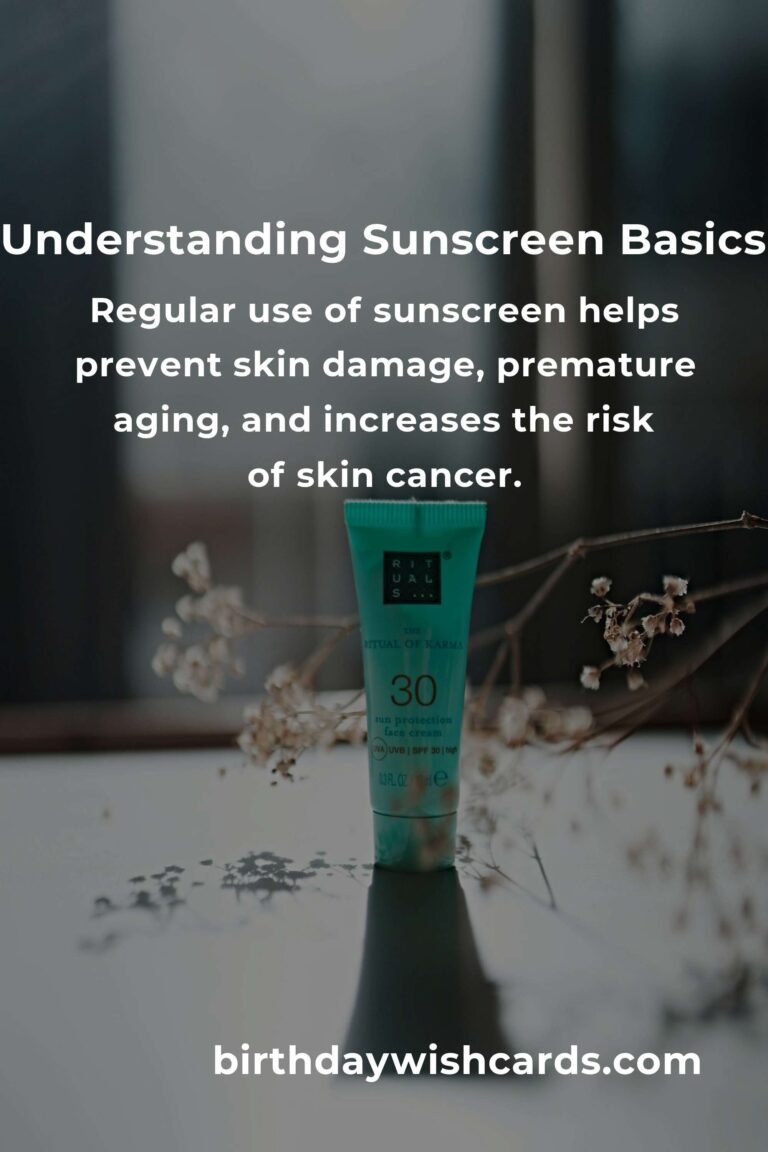
Sunscreens are an essential part of any skincare routine, offering protection from harmful UV rays that can cause skin damage, premature aging, and increase the risk of skin cancer. This guide will help beginners understand the importance of sunscreens, how to choose the right one, and how to use it effectively.
Why Use Sunscreen?
Sunscreen is crucial for protecting your skin from the sun’s ultraviolet (UV) radiation. There are two types of UV radiation: UVA and UVB. UVA rays penetrate the skin deeply and can cause premature aging and wrinkles, while UVB rays are responsible for sunburn. Both types contribute to the risk of skin cancer.
Regular use of sunscreen helps prevent these harmful effects by blocking or absorbing UV rays. It is recommended to use sunscreen daily, even on cloudy days or during winter, as UV rays can penetrate clouds and reflect off surfaces like water, sand, and snow.
Types of Sunscreens
Sunscreens are available in various forms, including lotions, creams, gels, sprays, and sticks. They are classified into two categories based on their active ingredients: chemical and physical (or mineral) sunscreens.
Chemical Sunscreens
Chemical sunscreens contain organic compounds like oxybenzone, avobenzone, and octisalate that absorb UV radiation and convert it into heat, which is then released from the skin.
Physical Sunscreens
Physical sunscreens, also known as mineral sunscreens, contain active mineral ingredients like titanium dioxide or zinc oxide. They work by sitting on top of the skin and physically blocking or reflecting UV rays.
Choosing the Right Sunscreen
When selecting a sunscreen, consider the following factors:
Sun Protection Factor (SPF)
The SPF number indicates how well the sunscreen protects against UVB rays. A higher SPF provides more protection but does not mean you can stay longer in the sun without reapplying. It is generally recommended to use an SPF of at least 30, which blocks approximately 97% of UVB rays.
Broad-Spectrum Protection
Ensure the sunscreen offers broad-spectrum protection, meaning it guards against both UVA and UVB rays.
Water Resistance
If you are swimming or sweating, choose a water-resistant sunscreen. However, remember that no sunscreen is completely waterproof, and you should reapply it according to the product’s instructions.
Skin Type and Concerns
Consider your skin type when choosing a sunscreen. For oily or acne-prone skin, opt for non-comedogenic, oil-free formulas. For sensitive skin, look for fragrance-free or hypoallergenic options.
How to Apply Sunscreen Correctly
To ensure maximum protection, apply sunscreen generously and evenly on all exposed skin, about 15-30 minutes before sun exposure. Don’t forget areas like the ears, neck, and the tops of feet. Reapply every two hours or immediately after swimming or sweating.
Common Sunscreen Myths
There are several misconceptions about sunscreen that can lead to improper use. Here are some common myths:
Myth 1: Dark-skinned individuals do not need sunscreen.
Fact: All skin tones can suffer from sun damage and benefit from sun protection.
Myth 2: Sunscreen is not needed on cloudy days.
Fact: Up to 80% of UV rays can penetrate clouds, so protection is necessary.
Myth 3: A higher SPF means you can stay in the sun longer.
Fact: No sunscreen can provide 100% protection, and regular reapplication is crucial.
Conclusion
Understanding the basics of sunscreens is vital for maintaining healthy skin and preventing sun-related damage. Choose the right type for your skin, apply it correctly, and dispel common myths to ensure you are effectively protecting your skin from harmful UV rays.
Sunscreens are an essential part of any skincare routine, offering protection from harmful UV rays.
Regular use of sunscreen helps prevent skin damage, premature aging, and increases the risk of skin cancer.
Sunscreens are classified into two categories based on their active ingredients: chemical and physical sunscreens.
The SPF number indicates how well the sunscreen protects against UVB rays.
Apply sunscreen generously and evenly on all exposed skin, about 15-30 minutes before sun exposure.
Understanding the basics of sunscreens is vital for maintaining healthy skin and preventing sun-related damage.
#Sunscreen #Skincare #UVProtection #HealthySkin #SunSafety


